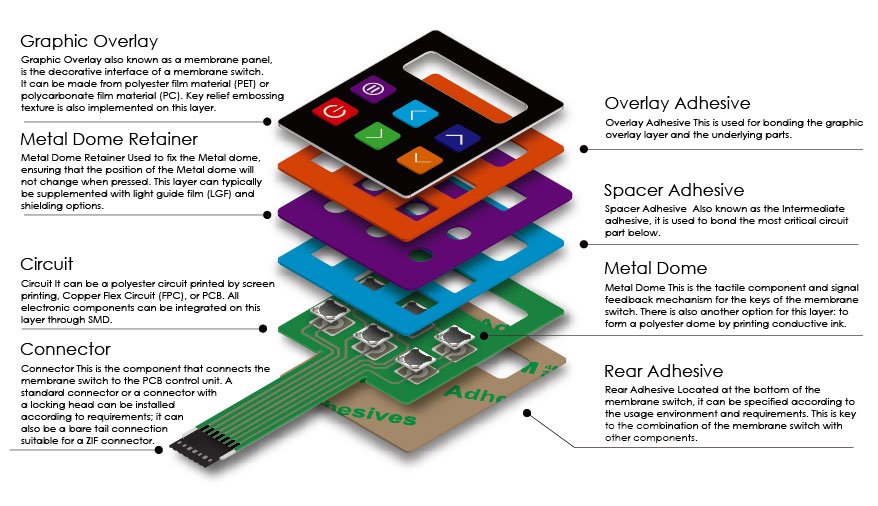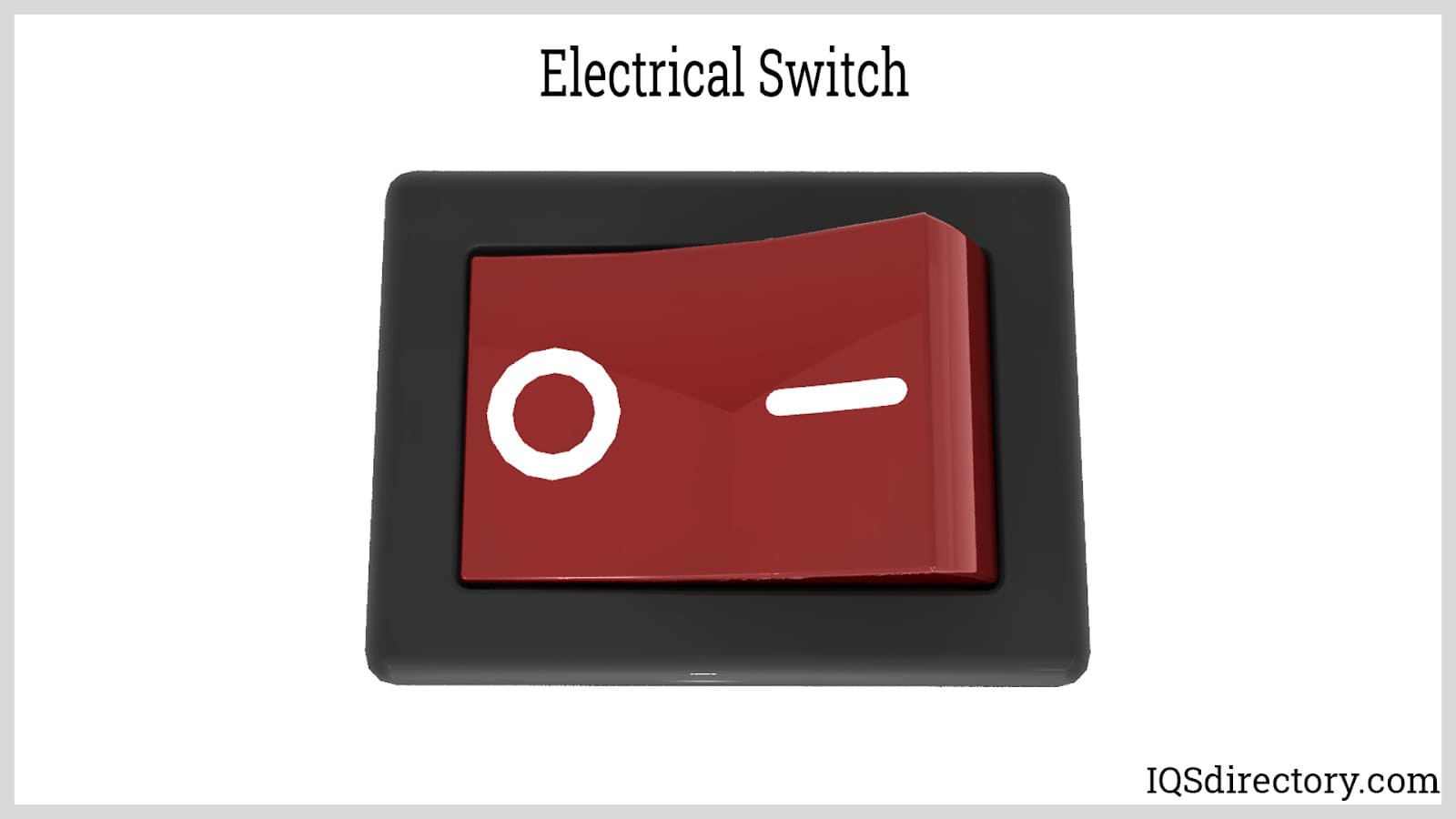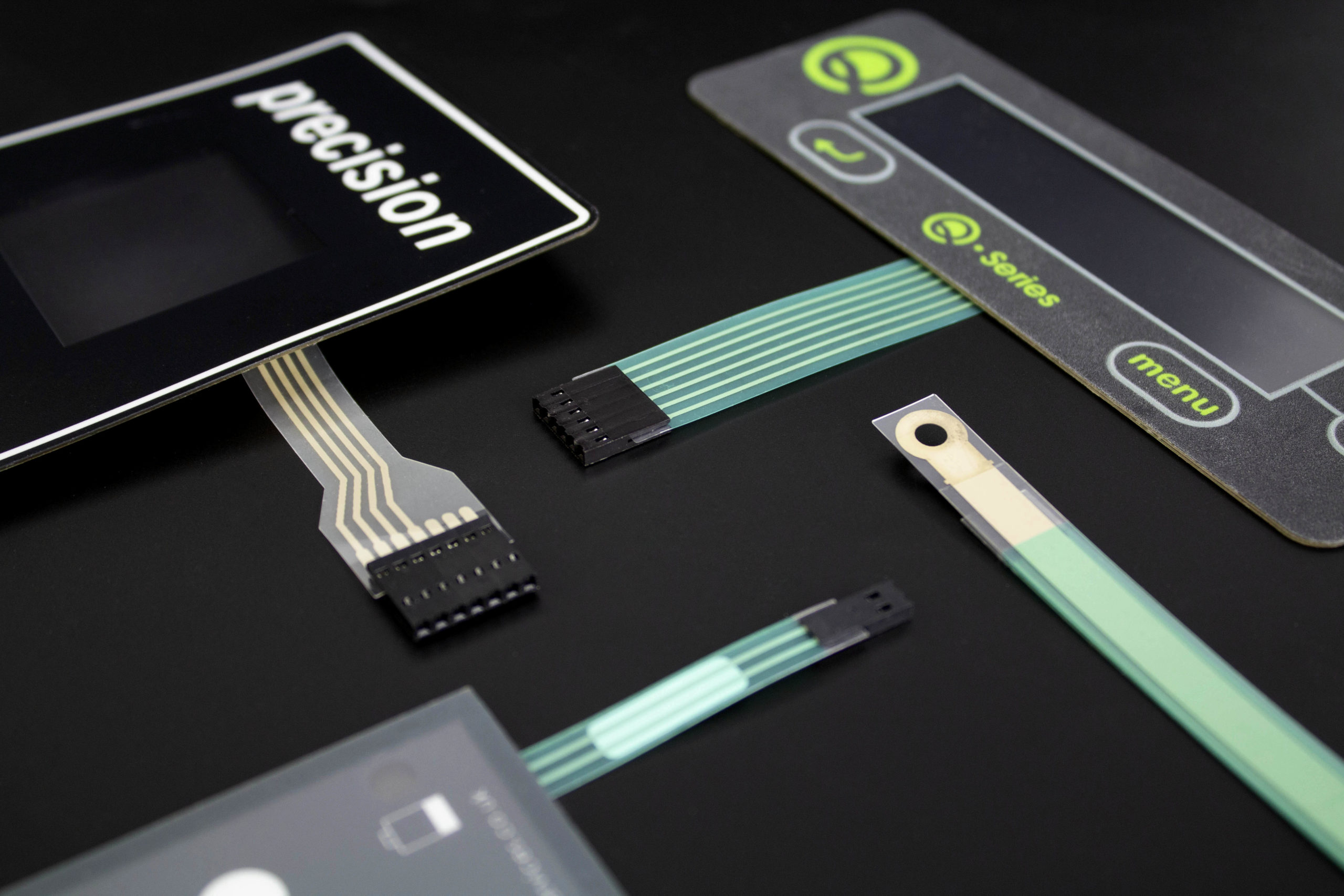The Manufacturing Refine Behind Membrane Change: What You Need to Know
The manufacturing procedure behind membrane layer changes combines cautious style, material option, and quality assurance. It starts with understanding the complexities of membrane layer button style and proceeds through different stages, including product choices and printing techniques. Each phase plays an essential duty in ensuring capability and resilience. Nevertheless, the intricacies of layer building and the extensive screening criteria may reveal understandings that are not immediately apparent. What exists past these fundamental aspects?
Comprehending Membrane Switch Layout
Membrane buttons may show up simple at first glimpse, their layout involves intricate factors to consider that ensure capability and longevity. The layout process starts with an extensive understanding of customer demands, consisting of the interface's intended application and ecological aspects. Functional designs is a key component, as the design needs to facilitate convenience of usage while making sure that tactile responses satisfies customer expectations.Moreover, the layering of parts, such as visuals overlays, sticky layers, and conductive traces, need to be specifically crafted. membrane switch. This layered arrangement not only influences the switch's responsiveness yet likewise affects its long life. Focus is offered to the securing techniques employed to secure against dampness and dirt, which can endanger performance. Additionally, design considerations extend to aesthetic appeals, where shade systems and visual quality improve individual experience. Inevitably, the style of membrane layer switches balances performance, user experience, and durability, guaranteeing that they satisfy the needs of different applications efficiently
Materials Made Use Of in Membrane Layer Switch Over Production
When choosing products for membrane layer button manufacturing, it is necessary to ponder both efficiency and longevity. The main products consist of polyester and polycarbonate films, which give versatility and strength. These films are frequently coated with glue to assure appropriate bonding to substrates. Conductive inks, generally composed of silver or carbon, are essential for creating electric connections within the button, permitting for dependable operation.Additionally, a protective layer, such as a tough layer, is regularly used to improve scrape resistance and longevity. The choice of backing product, such as acrylic or foam, can significantly impact the switch's tactile feeling and total individual experience. Numerous environmental factors, including temperature and moisture, should direct product option to guarantee peak efficiency in certain applications. Inevitably, the right mix of products contributes to the membrane switch's capability and lifespan, making notified selections vital for suppliers.
The Printing Process: Creating Video and Text
The printing process in membrane button manufacturing plays a substantial function in creating high-quality graphics and message. Different visuals style strategies are employed to guarantee visual allure and performance, while cautious ink selection techniques are important for toughness and performance. Comprehending these components is fundamental for attaining finest cause membrane layer button layout.
Graphic Design Techniques
Graphic design strategies play an important role in the printing procedure of membrane switches, as they define just how graphics and message will ultimately appear on the end product. Effective graphic style entails the strategic use font styles, colors, and layouts to enhance readability and visual allure. Developers commonly use vector graphics for scalability, ensuring that photos stay sharp at numerous sizes. Additionally, focus to comparison and placement is important, as it affects customer communication and visual high quality. The unification of branding aspects, such as logos, have to be handled with treatment to keep brand name stability. Overall, thoughtful visuals layout methods add substantially to the functionality and appearance of membrane switches, impacting user experience and item performance.
Ink Selection Approaches
Picking the proper ink is crucial for attaining the preferred visual high quality and toughness in membrane button production. Numerous ink kinds are used, including solvent-based, water-based, and UV-curable inks. Each kind supplies unique qualities, such as adhesion, resistance, and adaptability to environmental aspects. Solvent-based inks are often favored for their sturdiness and vibrant colors, while water-based inks are a lot more environmentally friendly but might have restrictions in attachment. UV-curable inks offer quick curing and durable efficiency. In addition, color matching techniques assure that the picked inks line up with style specs. Inevitably, the choice of ink must consider aspects such as application approach, substratum compatibility, and end-use requirements to achieve remarkable cause membrane layer switch graphics and message.
Layer Building and Setting Up

Material Option Process
A careful option of materials is essential in the manufacturing procedure of membrane buttons, as it straight influences functionality and durability. The key products made use of consist of polyester, polycarbonate, and various conductive inks. Polyester is usually preferred for its superb resistance to chemicals and abrasion, making it appropriate for rough atmospheres. Polycarbonate, on the various other hand, gives remarkable quality and effect resistance, which is useful for applications calling for presence and toughness. Conductive inks, typically made up of silver or carbon, are essential for producing reputable electrical paths. Additionally, the choice of sticky products influences the general honesty of the button - membrane switch. Examining elements such as environmental direct exposure, tactile comments, and aesthetic demands guides makers in choosing the best products for their specific applications
Layer Attachment Techniques
Adhering layers in membrane switch construction is an important process that ensures performance and long life. Numerous adhesion strategies are employed to safeguard excellent bonding between layers, which normally consist of using adhesives, warm, and stress. Pressure-sensitive adhesives (PSAs) are frequently utilized for their convenience of application and prompt bonding capacities. In addition, thermal bonding techniques can be applied, where heat is used to activate sticky residential properties, safeguarding a strong bond. The choice of adhesion method largely depends on the materials included and the certain application needs of the membrane layer button. Correct placement and consistent application of adhesives are vital to protect against defects, securing the switch operates you can try here successfully throughout its designated lifespan.
Quality Control Actions
Ensuring quality control throughout the layer building and assembly of membrane buttons is crucial for keeping performance and dependability. This procedure typically involves a number of critical actions, consisting of detailed assessments at each stage of production. Suppliers use innovative screening methods, such as peel tests and bond evaluations, to verify the honesty of layer bonds. Additionally, visual assessments are conducted to determine any problems in printing or material variances. Environmental conditions, such as temperature and humidity, are very carefully kept an eye on to assure optimal curing and attachment. Regular calibration of equipment assists maintain exact production requirements. By executing these high quality control procedures, makers can considerably reduce the risk of item failure, assuring that the last membrane switches over fulfill the required specs and consumer assumptions.
Examining and Top Quality Control Procedures

Innovations in Membrane Layer Change Technology
As developments in technology remain to advance, membrane layer buttons are benefiting from cutting-edge advancements that boost their functionality and individual experience. One remarkable technology is the integration of capacitive touch technology, which permits more receptive and instinctive user interfaces. This change not just enhances looks but also reduces mechanical deterioration, expanding the life-span of the switches.Additionally, innovations in visuals overlay materials have actually caused enhanced toughness and resistance to ecological aspects such as moisture and UV light. These materials now supply boosted clarity and illumination, additional click reference raising the aesthetic appeal.Furthermore, the incorporation of smart modern technology is changing membrane layer changes into interactive control panels, making it possible for connection with IoT gadgets. This connection fosters a seamless individual experience, leading the way for applications in different industries, from healthcare to customer electronic devices. Collectively, these advancements placement membrane switches as important elements in contemporary gadget layout.
Frequently Asked Questions
How much time Does the Membrane Layer Switch Production Refine Take?
The period of the membrane layer switch manufacturing process can differ considerably. Variables such as complexity, products made use of, and production volume impact timelines, with normal production varying from a couple of days to several weeks for completion.
What Are the Usual Applications for Membrane Layer Buttons?
Membrane layer switches are frequently used in numerous markets, consisting of vehicle controls, home devices, clinical gadgets, and consumer electronic devices (membrane switch). Their convenience and sturdiness make them perfect for applications requiring straightforward interfaces and reputable performance in diverse environments
Can Membrane Changes Be Customized for Details Demands?

What Is the Life expectancy of a Normal Membrane Layer Switch?
The life-span of a common membrane button varies, but usually, it varies from 1 to 5 million cycles. Aspects such as usage, atmosphere, and material top quality greatly affect longevity and overall efficiency gradually.

Are Membrane Switches Environmentally Pleasant?
The environmental friendliness of membrane layer changes differs. Some materials utilized might not be recyclable, while others can be environmentally friendly. The general influence depends on producing methods and products, necessitating careful consideration throughout selection and disposal. The manufacturing process behind membrane layer switches over combines careful design, material selection, and quality control. It starts with comprehending the intricacies of membrane button layout and advances through different phases, consisting of product selections and printing methods. When picking materials for membrane layer switch manufacturing, it is crucial to contemplate both performance and resilience. A cautious option of products is crucial in the production process of membrane switches, as it directly influences functionality and durability. The option of adhesion technique greatly depends on the products involved and the particular application requirements of the membrane button.